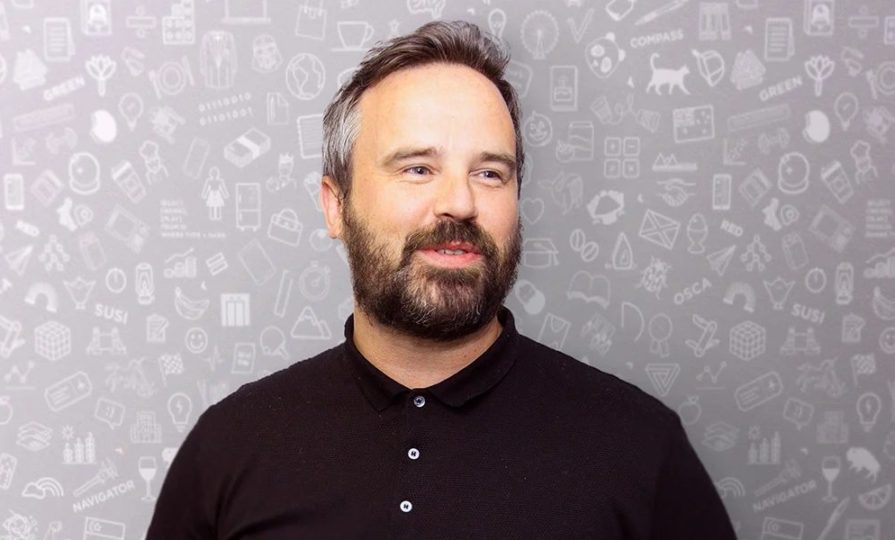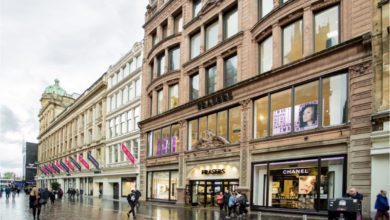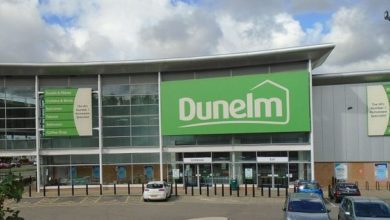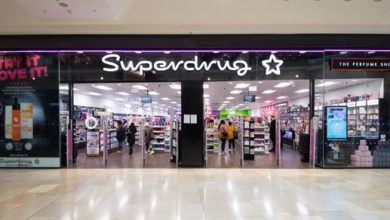Features
TITLE: Q&A with Paul Boyle
Retail Sector sits down with Paul Boyle, CEO at Retail Insight who explains what the future of the high street looks like

Where do you see the future of the high street going?
I think what we’ve seen over the course of the past few months is a fairly dramatic change to what we all expected would happen. Adapting to a Covid world was, for some retailers, probably not easy, and over the course of the past few months, people have had to wrestle with this new multi channel model.
You'll need to
subscribe to unlock this content. Already subscribed? Login?







